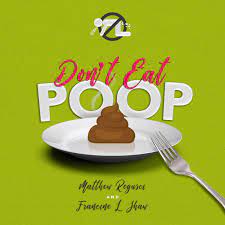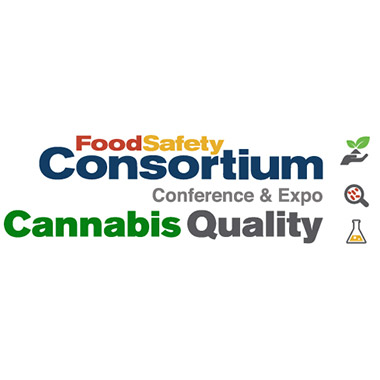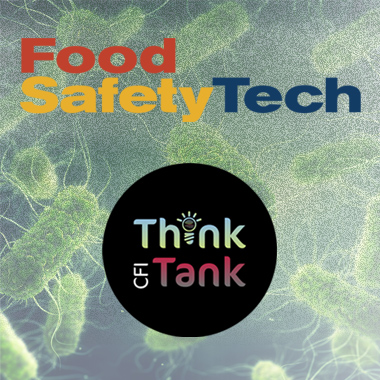

A contentious battle between a food safety inspector and the local city council in Lewiston, Maine, has highlighted the challenges inspectors and auditors face and the importance of documentation.

A contentious battle between a food safety inspector and the local city council in Lewiston, Maine, has highlighted the challenges inspectors and auditors face and the importance of documentation.

Jorge Hernandez, VP of Quality Assurance at The Wendy’s Company, shares his views on the future of food safety, what inspectors need to understand about the food industry and why developing relationships and trust is essential to a safer food system.

A real-world demonstration presented at the 2023 American Public Health Association conference revealed how the use of visual text analytics and generative AI can speed analysis of inspection reports to help federal and state agencies pinpoint high risk areas. Tom Sabo, Principal Solutions Architect at SAS, shares the findings of the demonstration and discusses how these tools can be used to reduce workloads while improving food safety.

This fall, Jim Jones stepped into his new role as the first Deputy Commissioner for Human Foods at the FDA. Here, he discusses his vision for the new unified Human Foods Program, what he learned from his work on the Reagan-Udall Expert Panel for Foods and why that led him to pursue his current role.

On October 16-18, food safety and quality professionals will gather at the 2023 Food Safety Consortium in Parsippany, New Jersey, to share lessons learned, join discussions with regulatory bodies and gain knowledge on how to mitigate current and coming food safety challenges.

A strong food safety culture goes hand in hand with good business operations. By incorporating technology and re-evaluating their people and human resources strategies, restaurants can gain a competitive edge while strengthening their long-term business health.

Whole genome sequencing (WGS) has become a powerful tool to track the origins of foodborne illness, but if industry views WGS simply as a tool for regulators, it is missing out on a valuable instrument to improve food safety within its facilities.

Join Food Safety Tech and the Center for Foodborne Illness Research and Prevention in person at Ohio State University on April 3-5, for three days of food safety education and networking.

The webinar, entitled “What More Do You Want to Know About Food Safety Culture?” will be broadcast live from the International Association for Food Protection 2022 Annual Meeting.

Providing practical and simple solutions are important when promoting adherence.